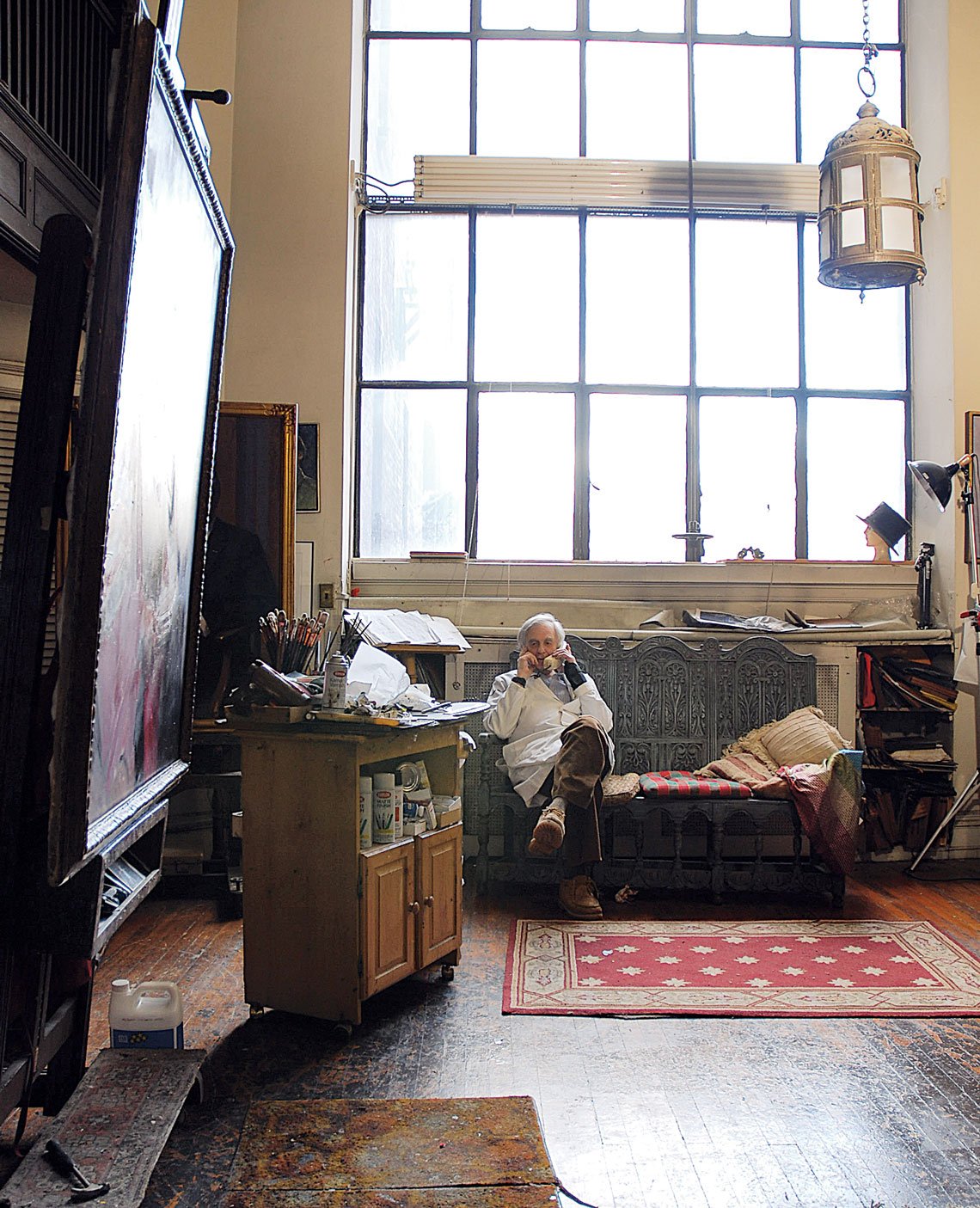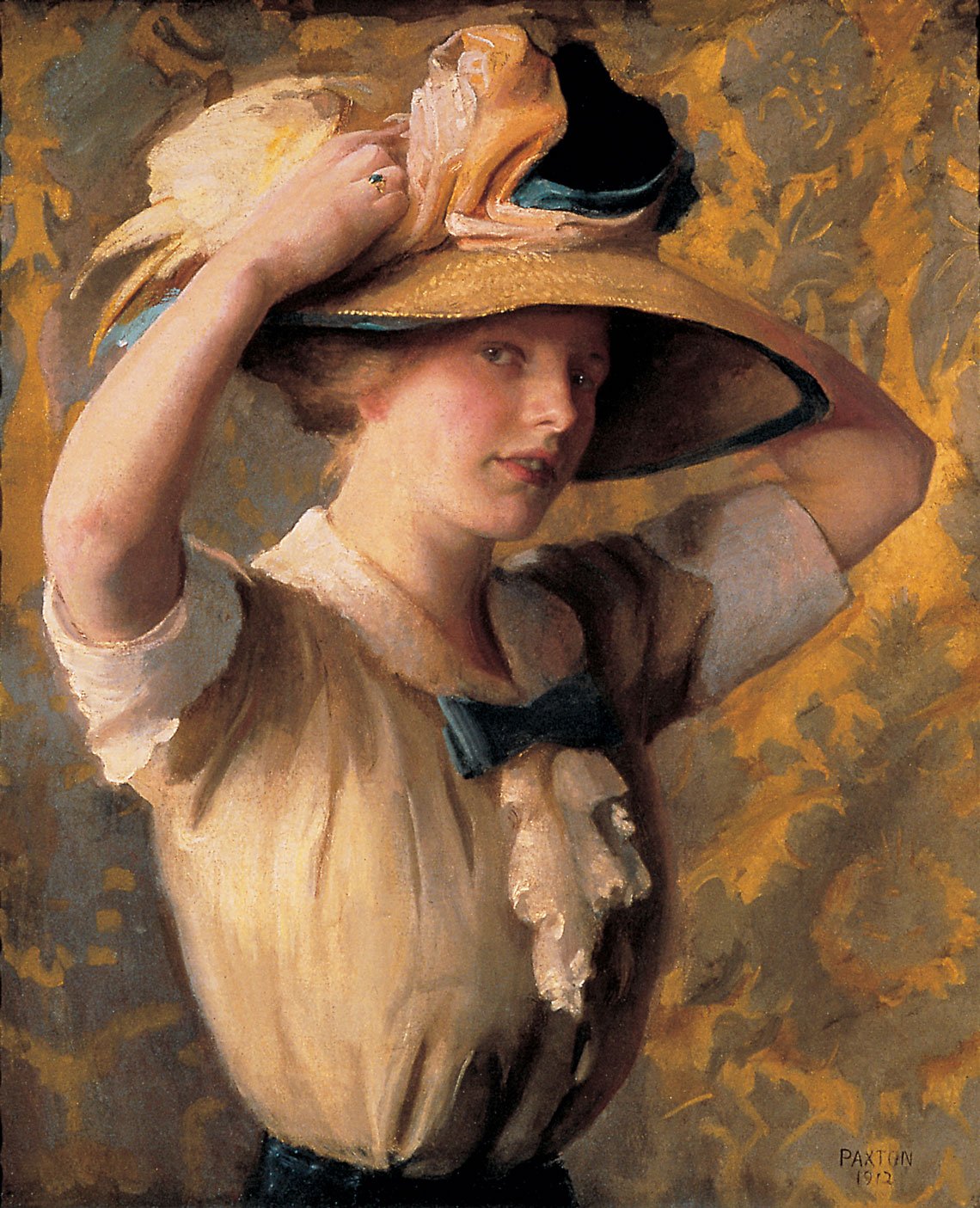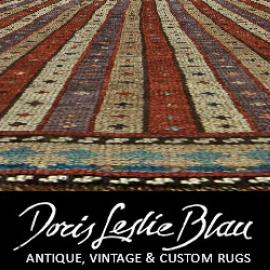Reviving an Icon The National Arts Club by Charles A. Riley II
Art is a circle, You’re either in or out.
— Édouard Manet
by Charles A. Riley II
Founded in 1898, the National Arts Club quickly became one of the county’s most prestigious associations. By 1906 it was comfortably ensconced in the Tilden Mansion on the east side of Manhattan and was a place to see and be seen for an A-list roster of artists, collectors, critics, curators, and their retinues (Figs.1, 2). Early exhibitions reflecting the club’s liberal views on morality made it faintly notorious and its progressive nature was underscored by the fact that it included women as members from its inception. While the National Arts Club built its renown, along with its valuable collection of paintings and sculpture, well into the twentieth century, it fell by the wayside both artistically and socially by the 1970s.
 |
Fig. 1: Exterior, National Arts Club, Gramercy Park, New York. Photography courtesy of the National Arts Club. |
 | |
| Fig. 2: Charles Courtney Curran (1861–1942), Early Morning, Madison Square (The Dewey Arch), 1900. Oil on canvas, 22 x 18 inches. Signed, dated and inscribed lower left. Courtesy of the National Arts Club; gift of William T. Evans, 1906. Photography courtesy of the National Arts Club. |
Recently, however, the atmosphere has changed and the club is enjoying revived popularity. This is thanks in part to the vibrant leadership provided by O. Aldon James, the club’s current president and active since the 1980s, and recently also by artist/member Dianne Bernhard. Membership has returned to the 1,650-person mark witnessed during its heyday, and the demographic has shifted to a younger, more active group that loudly packs the bar and the dining room for openings, lectures, and a cascade of parties filling virtually every night on the calendar thanks to committees that bestow medals of honor upon luminaries like playwright Edward Albee and Pablo Picasso biographer John Richardson. Another infusion of excitement has resulted from the rise of Nyehaus, a three-story contemporary space run by collector and club resident Tim Nye that has included such museum-worthy shows as the recent Joe Zucker retrospective (Fig. 3).
The club was founded by Charles de Kay (1848–1935), a distinguished literature and art critic for The New York Times. His goal was to create a private club where like-minded artists and writers could associate with important collectors such as Henry Clay Frick, Samuel P. Avery, and Mrs. Montgomery Sears. Charter members included Louis Comfort Tiffany, Daniel Chester French, J. Carroll Beckwith, Ida M. Tarbell, and Richard Watson Gilder, the editor of Scribner’s Magazine and employer of many artists as illustrators. To establish support, De Kay touted the idea of bringing together “art lovers and art workers.”
 |
| Fig. 3: Nyehaus is a three-story contemporary space run by collector and club resident Tim Nye. Courtesy of the artist and Nyehause. |
 |
| Fig. 4: The east parlor is a showcase not only for stained glass but also for many of the treasures from the club collection. |
 | |
| Fig. 5: Renowned portrait painter and long time club supporter, Everett Raymond Kinstler (b. 1926) in his studio in 2007. |
According to the club’s current curator, Dr. Carol Lowrey, an agenda was put in place to woo major collectors away from buying foreign art and to promote America’s own artists. De Kay believed that the “national scope” would “exert a far reaching influence for good on art in the United States and help to make the excellence of American work felt by the government and the people.” The galleries were larger and their content more eclectic than any other exhibition spaces in New York, and De Kay, who served as secretary and managing director from 1899 to 1904, extended the exhibition program to include design, architecture, and civic art in addition to painting and sculpture. Shows included stained glass, jewelry, ceramics, Japanese prints, American pastels, and the first exhibition of work by Alfred Stieglitz’s Photo-Secession group in 1902. In 1903 and 1904 the club was caught up in controversy over shows featuring the work of Auguste Rodin, which drew the ire of prudish critics. 1904 also marked the year that the club mounted an historic exhibition of paintings by Arthur B. Davies, William Glackens, George Luks, Maurice Prendergast, John Sloan, and Robert Henri.
The club was first located at 37–39 West 34th Street, but a growing need for space resulted in the purchase of its current home, a double brownstone mansion on the south side of Gramercy Park once owned by Governor Samuel J. Tilden. Situated in a fashionable neighborhood that retains the last remaining private green space of its kind in the city, the area has been home to many famous New Yorkers, including Herman Melville, Henry James, Stanford White, Mary McCarthy, and Humphrey Bogart. Current visitors to the area may see German fashion designer Karl Lagerfeld or the many movie stars drawn to the Gramercy Hotel, where hotelier Ian Schrager has hung the art of Schnabel, Basquait, Twombly, and other must-have artists.
 | |
| Fig. 6: One of the most revered club denizens is current resident Will Barnet, whose painting, the subject of which is Emily Dickinson, holds pride of place in the salon. |
In contrast with the hip modernity of the hotel, the club’s interior delights fans of the Aesthetic Movement, with its black-walnut carved panels and satinwood carvings by Ellin and Kitsen (Fig. 4). The turquoise ceiling tiles and the stained glass windows by John La Farge complement the vaulted glass dome, the work of Boston glazier Donald MacDonald. Initially installed to cover Tilden’s library, it now serves as a conversation-starter in the bar.
When it took over the building, the club connected the mansion to a thirteen-story tower facing a garden on 19th Street that provided studios and residences for artists, writers, musicians, and other performers. Early residents included sculptor Paul Manship and painter Ernest Lawson. In more recent times it has been home to such artists as Chen Chi, Diana Kan, and nonagenarian Will Barnett, who moved in during the early 1980s and whose status at the club is nothing short of deific. For the past five years, German photographer Bärbel Miebach has been at work on a series of portraits of the club’s colorful residents. As she points out, “It is a community that is vitally connected to the art history of our time.” One of her subjects, Everett Raymond Kinstler (Fig. 5), has resided at the club for more than half a century, longer than any other artist. One of the country’s foremost portrait painters, having captured the likenesses of six U.S. presidents, numerous government officials, prominent authors, and major film stars, Kinstler was a leading force behind the club during the 1960s and 1970s prior to the arrival of O. Aldon James.
 | |
| Fig. 7: William McGregor Paxton (1859–1941), The Shade Hat, 1912. Oil on canvas, 30 x 25 inches. Signed and dated lower right. Courtesy of the National Arts Club, Diploma presentation, 1921. Photography courtesy of the National Arts Club. |
The leading expert on the club’s place in art history is its curator Dr. Lowrey. A specialist in American and Canadian art of the nineteenth and early twentieth centuries, she was appointed curator of the club’s permanent collection in 1991. Her passion is the history of the Club’s Artist Life Membership Program, by which an artist was granted life membership in exchange for a work “valued at not less than one thousand dollars.” The first group of artists was elected to the program in 1910 and included the American painters George Bellows, William Merritt Chase, Charles Hawthorne, Frank Bicknell, Homer Boss, Daniel Putnam Brinley, Bolton Coit Brown, Wilhelm Funk, Birge Harrison, F. Luis Mora, Robert Nisbet, George Gardner Symons, Alexander van Laer, Frederick Waugh, and Frederick Ballard Williams. Although in later years sculptors such as Robert Ingersoll Aitken, Malvina Hoffman, and Anna Hyatt Huntington would be elected, subsequent life members, like E. R. Kinstler and Will Barnet, tended to be painters (Fig. 6). Not surprisingly, the life membership system has resulted in a very strong collection, including works by Robert Henri, who taught at the club, as well as William McGregor Paxton (Fig. 7), Hilda Belcher, Ernest Blumenschein, Charles Hawthorne, Emil Carlsen, Edmund Greacen, and Frank Alfred Bicknell, and many others. “Although the majority of artist members worked within the realms of impressionism and realism, they interpreted these aesthetics in a variety of ways and applied them to a diverse range of subjects,” says Dr. Lowrey. There is barely an inch of wall space left for new additions.
The National Arts Club has once again become a hub for people in the arts trade. Among its new members is Lisa Hahn, president and founder of Art Horizons International, a cultural tour company that caters to high-end trustee groups and museum donors. A member of the club’s architectural and archaeological committees, she finds that the club has expanded her reach to include a fascinating circle not only of painters and sculptors, but designers, architects, curators, critics, journalists, and art professionals. The international flavor of the club’s membership is epitomized by Shining Song. From a well-known Taiwanese family recognized for its art and music museum, Song relishes the club’s Gilded Age atmosphere. “It is like you step back in time,” she says, “and I love the way there is this glow about the place. If you love art and artists, it makes you feel at home.”
For a thorough history of the club, see Dr. Carol Lowrey, A Legacy of Art: Paintings and Sculptures by Artist Life Members of the National Arts Club (Hudson Hills Press, 2008). For a list of upcoming exhibitions or to visit the club, call 212.475.3424 or visit www.nationalartsclub.org.
Charles A. Riley II is a cultural historian and professor at City University, New York. All photography by Bärbel Miebach, www.barbelmiebach.com, unless noted otherwise.
This article was originally published in the 9th Anniversary (2009) issue of Antiques & Fine Art magazine, a fully digitized version of which is available at www.afamag.com. AFA is affiliated with Incollect.com.
 |



























